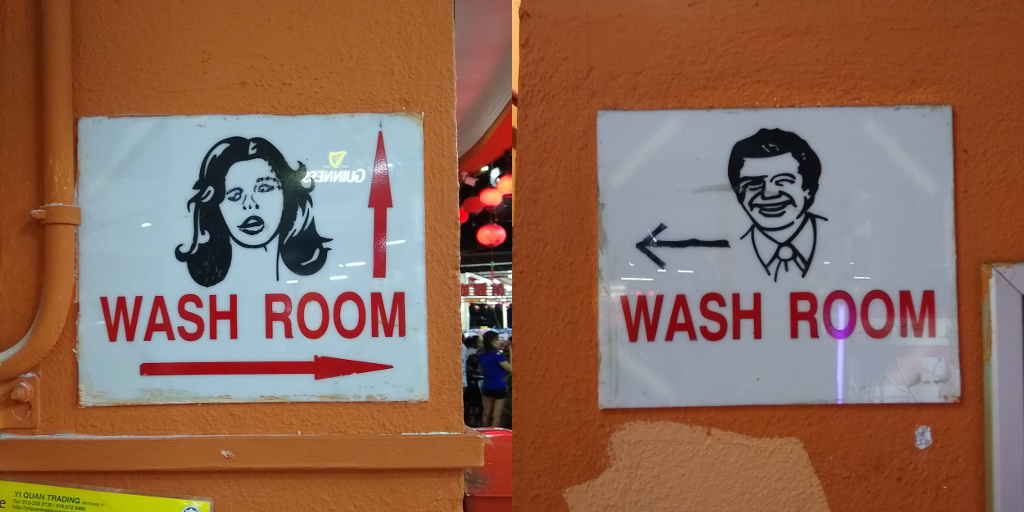A common mistake of inexperienced entrepreneurs is to confuse a feature with a product. The best recent illustrating example I can think of is the flashlight app: For a short moment in time, you could sell flashlight apps for mobile phones until Apple and Google came in, assimilated the flashlight function as a feature into the basic device, and obliterated your business.
Listening to the TED Radio Hour podcast on Body Electric, I ran across an episode on myopia (nearsightedness). According to the podcast, by 2030 about 40% of the world’s population (and mostly likely more in the affluent world) will suffer from myopia. This is a market large enough by any measure. A key message of the podcast was that myopia to a large extent is not genetic but rather environmental, and parents can do a lot to stop the onset of early childhood myopia.
Dr. Liu explained that the best way to protect children against early onset myopia is to limit screen time and get them playing outside as much as possible. “They need to play with real toys,” Liu said. “They need to engage in real outdoor life.”
From https://www.npr.org/2023/10/17/1200611635/the-story-behind-soaring-myopia-among-children
Let’s ignore the sentiment about “real toys” vs. presumably “not so real toys” and focus on how realistic this advice is. It seems like fighting windmills to me, trying to significantly reduce use of electronic devices by children. It would be better to smartly integrate them into your and their life, as knowing how to handle the digital world is a critical skill for life.
Here comes the feature: If it can’t be helped, and children like adults will keep staring into devices that are close to them, why do the devices present everything in full clarity? Why do I have to look outside into the distance to reset my eyes and to prevent the burning in of myopia into my eyeballs? I’d suggest that the device I’m working with tracks where I’m looking and sorts things on the display in such a way that I get to train my eyes. Adding a third distance vision dimension to the display that forces me to refocus should give me exactly that training that currently is so hard to integrate into our daily lives.
Now, moving devices from 2D to 3D, tracking where you are looking, and adjusting the display to require distance vision to kick in to see what it provides, is something the Apple/Google duopoly needs to build into their device software. (And it could also play, perhaps even better, in VR googles or the large computer displays we use for work.) Hence, a feature, not a product.
Or is it a product? I should say that this is not my domain; maybe there are already patents that could capitalize on implementation. Or there could be libraries for programming game UIs with this feature that could sell well for awhile, before being turned into a feature of the operating system provider. I’m spit-balling here, but I really would like to see this functionality come about, whether it is a feature or a product.









Leave a Reply